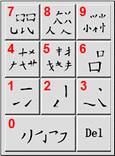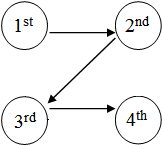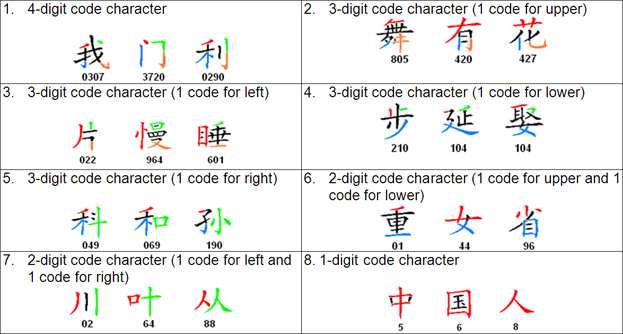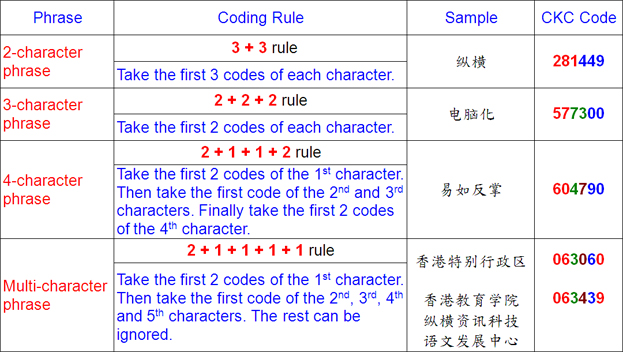Introduction to CKC Chinese Input Method (CKC)
The question of how to input Chinese into computer has long been a subject of concern. A wide variety of Chinese input methods have been put forward but few can really be put into daily use. As virtually no easy-to-use Chinese input methods are known to the public, users have to spend a great deal of time to memorize a number of encoding rules in order to learn using a Chinese input method. The result of which is that people are discouraged from learning these input methods and consequently obstructed Chinese computerization. Nevertheless people do long for a user-friendly input method that can facilitate their daily work. It was from this background that the CKC, an input method that used numerals to encode Chinese characters was developed.
The CKC Chinese Input Method is developed by Mr. C. K. Chow. Users can use it in the information technology and enhance their Chinese language as well. It is an efficient tool in learning Chinese.
Though Chinese is made up of characters, up to 80% to 90% of expression takes the form of phrases. This implies that the typing speed can be greatly reduced if phrases are used as an input unit. The phrases are categorized by CKC into 2-character phrase, 3-character phrase, 4-character phrase and multi-character phrase. CKC takes the advantage of this nature and makes use of the 10 numbers from 0 to 9 to encode the single characters as well as the phrases which are not only easy to use but also enhance the speed of input.
The Encoding Rule of CKC Input Method
CKC is a type of appearance-based coding system. The strokes and the features of the Chinese character components are classified into 10 groups, represented by 10 numbers 0 through 9.
For easy memorization, the following pithy formula can help to remember the relationship between character strokes and their respective codes:
Encoding Rule of Character
CKC makes use of the characteristics of the square shape of Chinese character and partitions it into 4 parts: upper left corner, upper right corner, lower left corner and lower right corner (following the shape of the alphabet “Z”). The feature of each part is represented by a digit that means the CKC use up to 4 digits (0-9) to represent a character.
For example, the code of the character “我” is “0307”.
If a character has less than 4 corners, take the actual number of corners. Look at the following examples:
Encoding Rule of Phrase
One of the major features of CKC Input Method is the phrase input which improves the input speed substantially. The rules are as below:
Instant Code
CKC compiles the first code or the first 2 codes of the frequently used characters /phrases into the Instant Code, to make your input even faster. The table below gives users an example of the Instant Code of some characters and phrases.
More about the CKC Chinese Input Method...
Our centre provides videos in 5 different languages to introduce the CKC Chinese Input Method.








